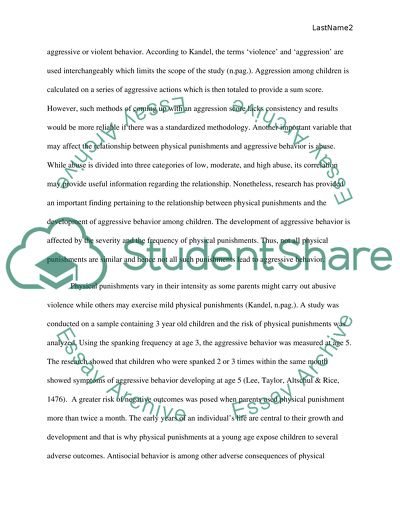Cite this document
(“Parent's Use of Physical Punishment Increases Violent Behavior Essay”, n.d.)
Retrieved de https://studentshare.org/english/1491315-parentyies-use-of-physical-punishment-increases
Retrieved de https://studentshare.org/english/1491315-parentyies-use-of-physical-punishment-increases
(Parent'S Use of Physical Punishment Increases Violent Behavior Essay)
https://studentshare.org/english/1491315-parentyies-use-of-physical-punishment-increases.
https://studentshare.org/english/1491315-parentyies-use-of-physical-punishment-increases.
“Parent'S Use of Physical Punishment Increases Violent Behavior Essay”, n.d. https://studentshare.org/english/1491315-parentyies-use-of-physical-punishment-increases.


